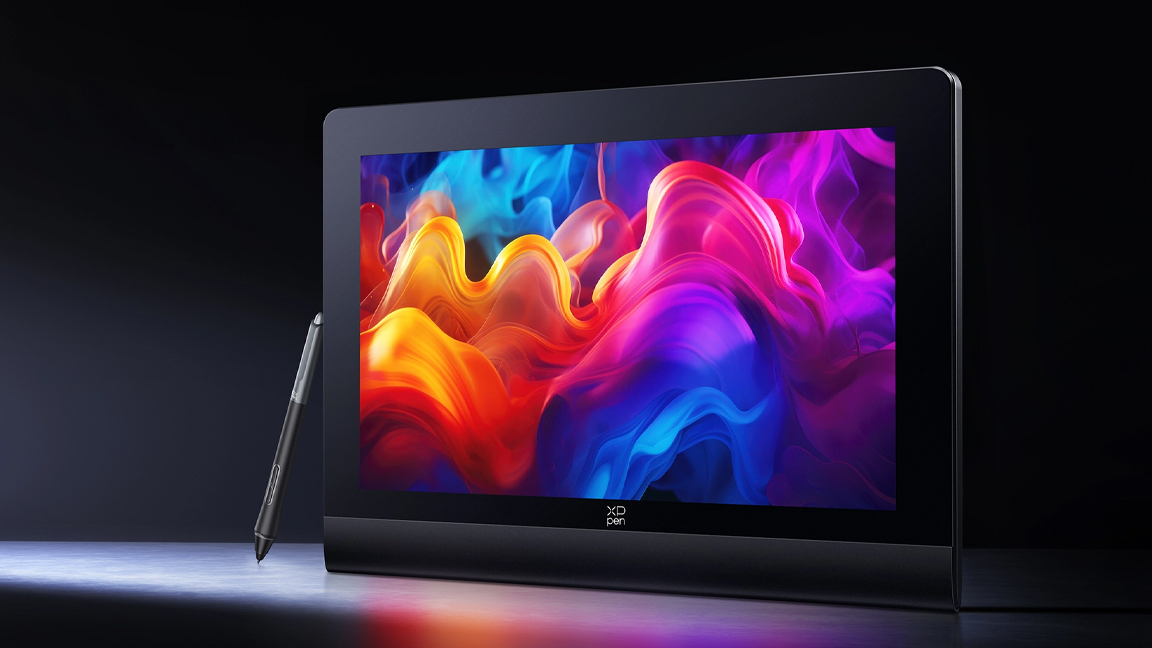What makes a good movie monster?
Has the increasing sophistication of digital creature effects changed the form of the movie monster?

For as long as man has feared the darkand the unknown, we've been scared – and entertained – by the idea of monsters any mysterious beasts. Naturally, they have been a staple of the cinema since the very beginning, with George Méliès resurrecting a mummy back in 1899.
Since then the movie monster has evolved hand-in-hand with the improvements in visual effects with prosthetics, stop-motion, backlit projection and green screen all playing their part through the ages. But it is digital effects that have really shaken things up. Now, in these creatively unshackled times, just what makes a good movie monster?
Monster magic
At a design level, at least, the things that make a good movie monster are arguably the same as they've always been. The word 'monster' may be derived from 'monstrum' (meaning 'against nature'), but Terryl Whitlatch, the scientifically-trained artist renowned for her creature designs for Lucasfilm, points out that the best monsters draw on reality.
"When you take elements from nature and place them into an imaginary creature you immediately give it a soul, and a hook for the audience to relate to," she explains. "Taking a human and adding a demonic element is immediately effective. When you think of something horrible, it's almost inevitably about the worse aspects of human nature. Animals have more of an innocence to them.
"Size has a huge influence on the way a creature interacts with the environment, of course, but there is a point where it gets too much," adds Terryl. "You need a believable skeleton and muscle system – if you get to Pacific Rim levels of gigantism you have to ask whether we can actually believe any more, and whether the forces of gravity would take hold."

Something new
While advances in digital monster creation have in turn increased audience sophistication, Ben Mauro, a freelance concept designer who recently worked with Weta on the Hobbit movies, cautions against letting them influence the creative process.
"I don't think audiences tastes should be a factor, or there would be no original design. People don't usually know what they want, so it's the designer’s job to show them that new thing, the one that surprises and excites them."
Daily design news, reviews, how-tos and more, as picked by the editors.
It's interesting however that our favourite creatures are often from an earlier time. "Giger's Alien has always been especially frightening for me," says Terryl. "It was very clever in the way it combined a skeletal, intestinal design and aspects of a praying mantis, with a jackhammer action that would snap at its victims. It's that fear of spindly insect behaviour writ large."
"It's such a spectacular design," agrees Loic Zimmerman, design supervisor, Luma Pictures. "The rhythm of the shapes, anatomical madness, not to mention the strong sexual vibe of Giger's work, combined with a claustrophobic atmosphere and very low light, makes it very effective. And John Carpenter's The Thing is a good example of uncomfortable design. Anomalies can freak us out."
This appreciation of the classics bodes well for Gareth Evans' Godzilla reboot, which hits cinemas next month. The new creature, designed by Evans and Weta Workshop, respects the iconic original, yet from what can be seen of MPC's visual effects in the trailers – this appears to be a 'kaiju' that looks, moves and destroys in an all-too-believable manner.
Godzilla is no longer a man in a costume, but more akin to a large dinosaur… and everyone loves dinosaurs
"I’m really looking forward to it," says Loic. "The power of anticipation, which Evans explored in his earlier film Monsters, could prove to be more important than the reveal. Will the build up result in an exhilarating payoff? I can’t wait to find out."
"I think Godzilla has been a representation of the tastes, feelings and concerns of each generation of viewers," adds Terryl. "As technology improves I'd say it's fair to revisit a classic design and play around with higher degrees of sophistication and reality. Godzilla is no longer a man in a costume, but more akin to a large dinosaur… and of course everyone loves dinosaurs."
This article originally appeared in 3D World issue 182.

The Creative Bloq team is made up of a group of art and design enthusiasts, and has changed and evolved since Creative Bloq began back in 2012. The current website team consists of eight full-time members of staff: Editor Georgia Coggan, Deputy Editor Rosie Hilder, Ecommerce Editor Beren Neale, Senior News Editor Daniel Piper, Editor, Digital Art and 3D Ian Dean, Tech Reviews Editor Erlingur Einarsson, Ecommerce Writer Beth Nicholls and Staff Writer Natalie Fear, as well as a roster of freelancers from around the world. The ImagineFX magazine team also pitch in, ensuring that content from leading digital art publication ImagineFX is represented on Creative Bloq.
